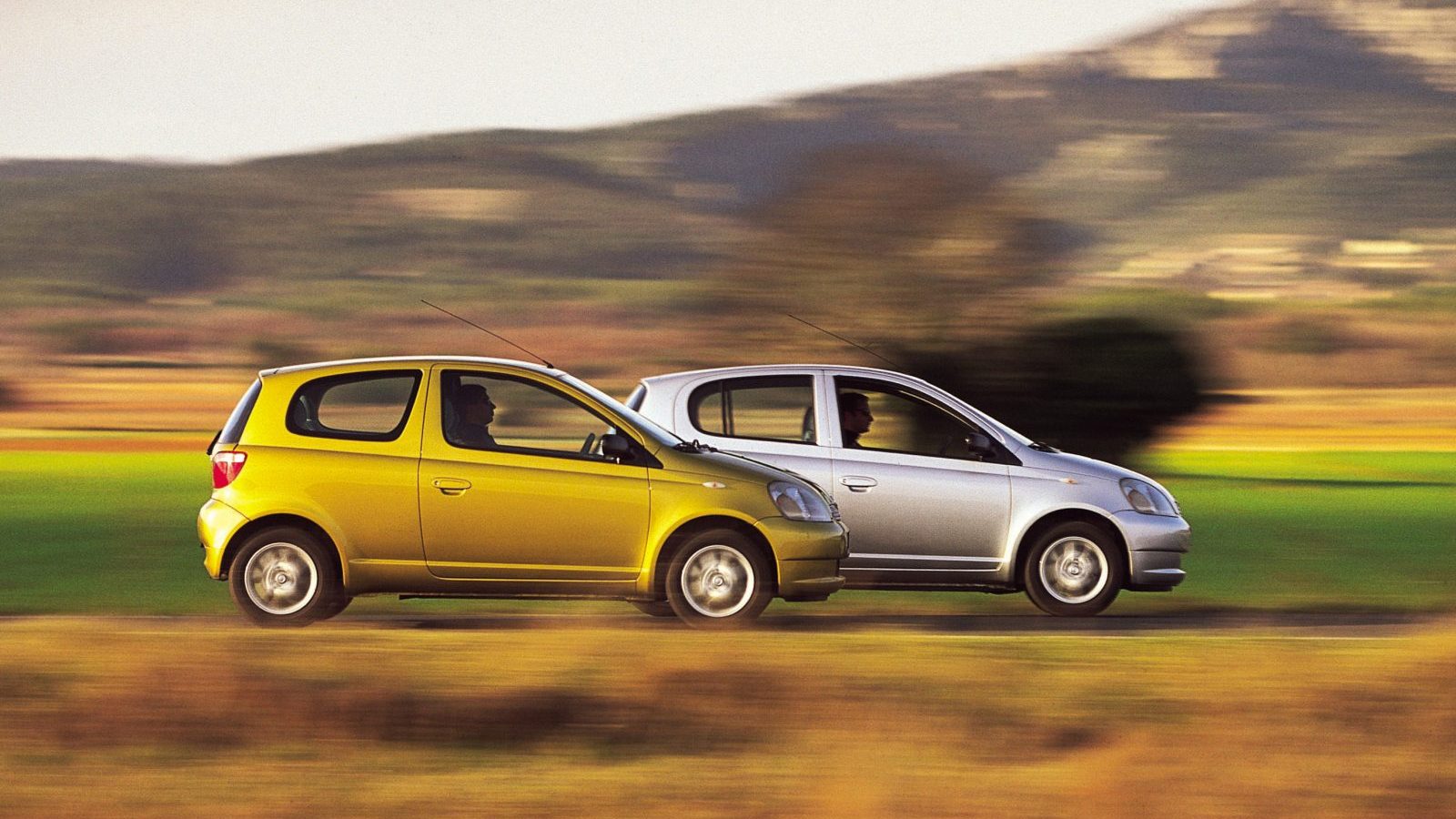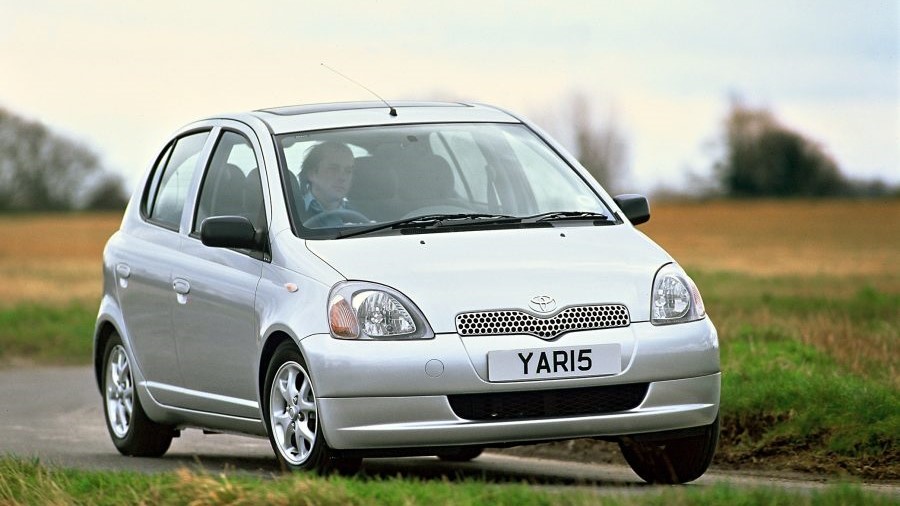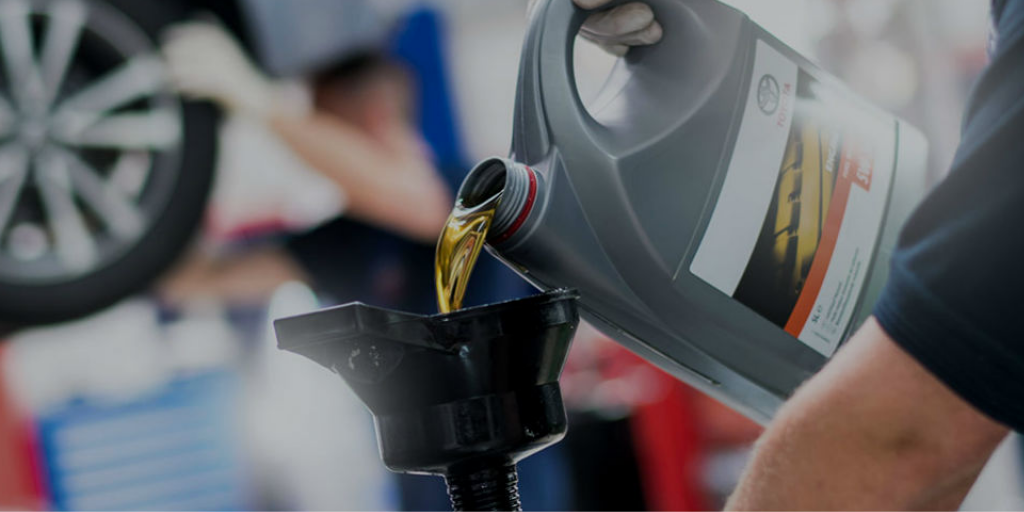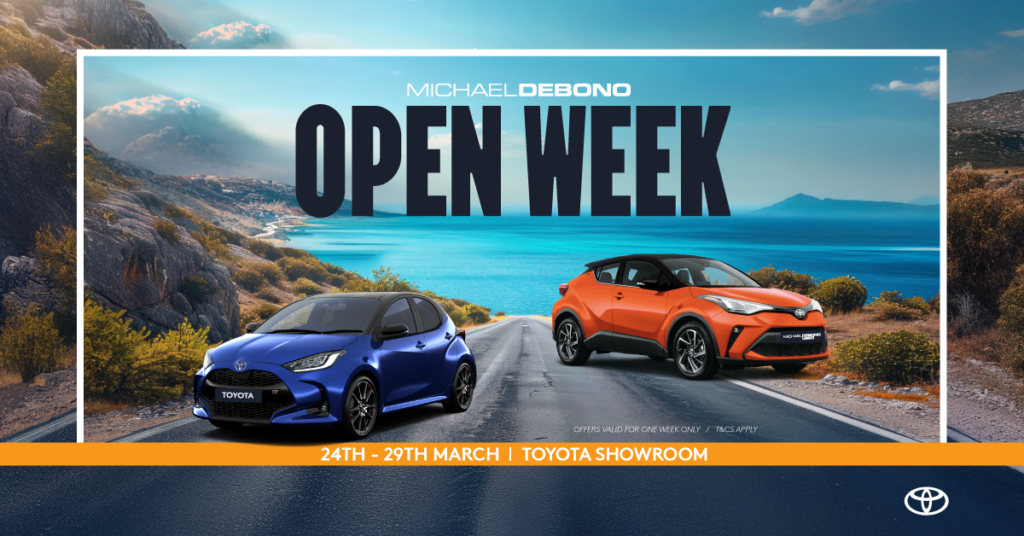Quick answer – this really depends on the price and the service history of a car. Some cars may be at the end of their useful life due to poor servicing and questionable build quality at 160,000kms – others might still be going strong at 300,000kms. Make sure you fully evaluate the condition and service history of the car before you buy it if it has done more than around 160,000kms.
There was a time when 160,000kms was assumed to be the upper limit on buying a used car. Cars of this mileage were considered nearing the end of their useful life and were only really useful for those who didn’t do a lot of driving or those buying a cheap car they could run into the ground. This is no longer the case, however, and with proper servicing and maintenance, modern cars can go well beyond this mileage.
In this article, we’re going to look at why purchasing a high mileage car may be the best decision for your needs, and what other important aspects of a used vehicle you should consider before purchasing.
Table of Contents

Why buy a high mileage used car?
If you’re in the market for a used car, you may have already come across cars with particularly high mileage and wondered why anyone would ever buy one compared to a lower mileage example. There are, however, several good reasons for doing so.
Proven Durability
If a car has achieved 100,000 kilometres, it’s a fairly safe bet that the car has proven durable to the previous owner and likely will for many years to come. There’s no guarantee on any used car that major things won’t start to go wrong, but a car that has reached this mileage that is still in good condition and still operational is a testament to the reliability of the car, especially if it’s been serviced properly.
Cost
It’s a fact that the higher you go in terms of mileage, the less you will pay for the car. Most of the car’s depreciation takes place within the first few years, and this is mostly dependent on the age of the car – for example, a 2023 car with 15,000 km is going to be worth more than a 2021 car with only 15,000 km, simply because the 2023 car is two years newer. Providing the car has been serviced properly, you can save yourself quite a lot of money compared to buying a car with lower mileage.
Previous owners’ investment into major work
If you buy a car at 90,000kms, for example, it may be that the previous owner hasn’t yet carried out essential maintenance that becomes due at this mileage. This could include things like the timing belt and water pump, brake fluid renewal, coolant renewal, or worn belts and hoses. These items could be due or overdue on a car with this mileage, and you will probably have to do them yourself – meaning whatever you saved on the purchase price, you will be spending on maintenance.
However, if you look at a car that’s reached 120,000 kilometres, it’s highly likely this maintenance will already have been carried out at around the 90,000 kilometres mark by the previous owner. This is where you can save money not only on the purchase price, but also on major maintenance items that you know don’t need to be performed because they’ve already been done.
Why does the mileage of a used car matter?
Cars are complex pieces of machinery and contain hundreds of moving parts. It’s inevitable that over time and with use, these moving parts will break down and stop working as well as they used to. A car with more kilometres on the clock will inevitably have more chance of major things going wrong than a car that hasn’t been used quite as much.
What also matters is the type of mileage the car has done. For example, if the car has spent its life on fast roads doing constant 80km/h runs, even though it will rack up the miles faster, this type of driving puts very little wear on the car. Conversely, a car that’s just been used to go to the shops and back has never had any real extended driving where the temperature of the oil has risen, but it results in far more wear to the engine and braking components. This is why, for example, when comparing like-for-like mileage of a car that’s been imported from Japan and a similar car that’s been driven in Malta already, the state of the vehicles may be very different to each other.
Therefore, when buying a used car, it’s very important to ascertain what type of mileage the car has done – not just how many kilometres it’s done.
Age vs mileage, and which matters more
Cars don’t last forever – they have a finite lifespan and at some point, a car will reach the end of its useful life. A car is usually deemed no longer usable due to one of two things – age and mileage. However, there’s also the question when buying a used car whether you should pick an older model with less mileage, or a newer model with higher mileage.
There are arguments for and against both, but it’s important to note that cars were built to be driven, and being sat for long periods of time doesn’t do the car any favours. While there may be less wear and tear on the engine and other major components, you’ll find that rubber and plastic components degrade over time, and therefore you might have to invest in maintenance due to the age of the car.
For example, a ten year old car with 30,000 kilometres on it will still need the timing belt and water pump to be replaced. It’ll also need to be checked for corrosion and belts, seals and gaskets will need to be checked. You may find you have maintenance costs that you didn’t expect because you thought that buying a lower mileage older car would mitigate some of these.
However, there are also reasons why you might not want to buy a newer car with higher mileage – mainly due to the accelerated wear and tear. Higher mileage newer cars have sometimes been used for commercial use – maybe as a rental car, a driving instructor’s car, or as a company car. You may find that the people who’ve been driving this car haven’t really looked after it as it wasn’t their own – and misuse like this can cause issues further down the line that you might not have experienced on a lower mileage older car. Of course, an important point to mention here is to be careful from whom you purchase your vehicle. Dealerships such as Michael Debono Used import most of their cars from Japan and would provide a full history of what your vehicle was used for and how it was taken care of – the kind of information that individual sellers may not be able to offer.
You should also consider the fact that the car will have a shortened lifespan – as if it’s only two years old and it’s done 120,000kms, it will reach the end of its useful life far more quickly than a car with half the mileage. Check also for deferred maintenance – if the car is doing more than 20,000 kilometres per year it will likely need to be serviced every six months. If it hasn’t, this could lead to big repair bills later on.
How to evaluate a high-mileage car
Evaluating a high mileage car involves a thorough inspection of the car itself and its associated history to ensure the vehicle is still in a good enough condition for you to use it.
Next, check the maintenance thoroughly. You will need to see consistent oil changes at the scheduled intervals (particularly if the vehicle should have been serviced twice a year, this is what the records need to show) but also other major consumables such as brakes, timing belt and clutch. If there are parts that haven’t yet been replaced that are due for replacement soon or are overdue, you’ll need to budget to have these performed in the future.
Check under the bonnet for engine oil, brake fluid and coolant. Dirty or low fluid levels can indicate neglect. Check the battery for corrosion and check the age of the battery – most batteries will reach the end of their useful life after five or six years. You should also check the body and the frame for corrosion, any evidence of damage or inconsistencies in paintwork that might indicate a repair, as well as any leaks under the car, even wear on the tyres as well as the condition of the interior upholstery to ensure there isn’t any damage from excessive wear and tear.
Of course, it is obvious that you should thoroughly test drive the car – check for any unusual noises, knocks, whines or creaks. Ensure the car pulls well when you accelerate and check for any noises or jerking when changing gear.
If you’re buying from an independent seller, take the vehicle to a trusted mechanic to thoroughly inspect the car before sealing the deal, even though it may take more time, effort and money from your end. If you’re buying from a certified dealership like Michael Debono Used, there’s no need to bring in an external mechanic as their own staff thoroughly check the exterior, interior, and engine of the car and fix any issues before putting the car on the market, so you can rest assured that it is already in top quality condition when purchasing.

FAQs
How many kilometers can a car do?
This varies over the lifetime of a car based on its make and model, driving habits, and general wear and tear. However, with proper servicing and maintenance, there’s no reason most modern cars can’t reach around 200,000kms without needing major work. In fact, a car could theoretically run forever if you always replaced broken components, but there would come a point when the car is economically not viable to repair.
How does Malta’s driving environment impact a car’s lifespan?
Malta has quite a unique driving environment in that there are no highways or motorways. In fact, the national driving limit in Malta is 80km/h. There’s no opportunity for long, steady drives that in general are easier on a car’s engine and transmission, compared to the stop-start urban traffic that most Maltese cars will spend their lives doing.
As such, Maltese cars tend not to do as many miles as cars from other European countries simply because other European cars have the potential to cover far more miles via motorways and main roads than Maltese cars, while also experiencing far less wear and tear.
How does high mileage affect the resale value of a car?
Many car buyers are put off by extremely high mileage. There was a time several decades ago where most cars would have been condemned to the scrapyard well below 160,000kms. Some of this perception still exists today and there are many buyers who won’t touch a car that’s done more than 120,000kms. The truth though is that many cars at that mileage have plenty of life left in them and are typically a solid purchase decision by new and experienced drivers alike.



